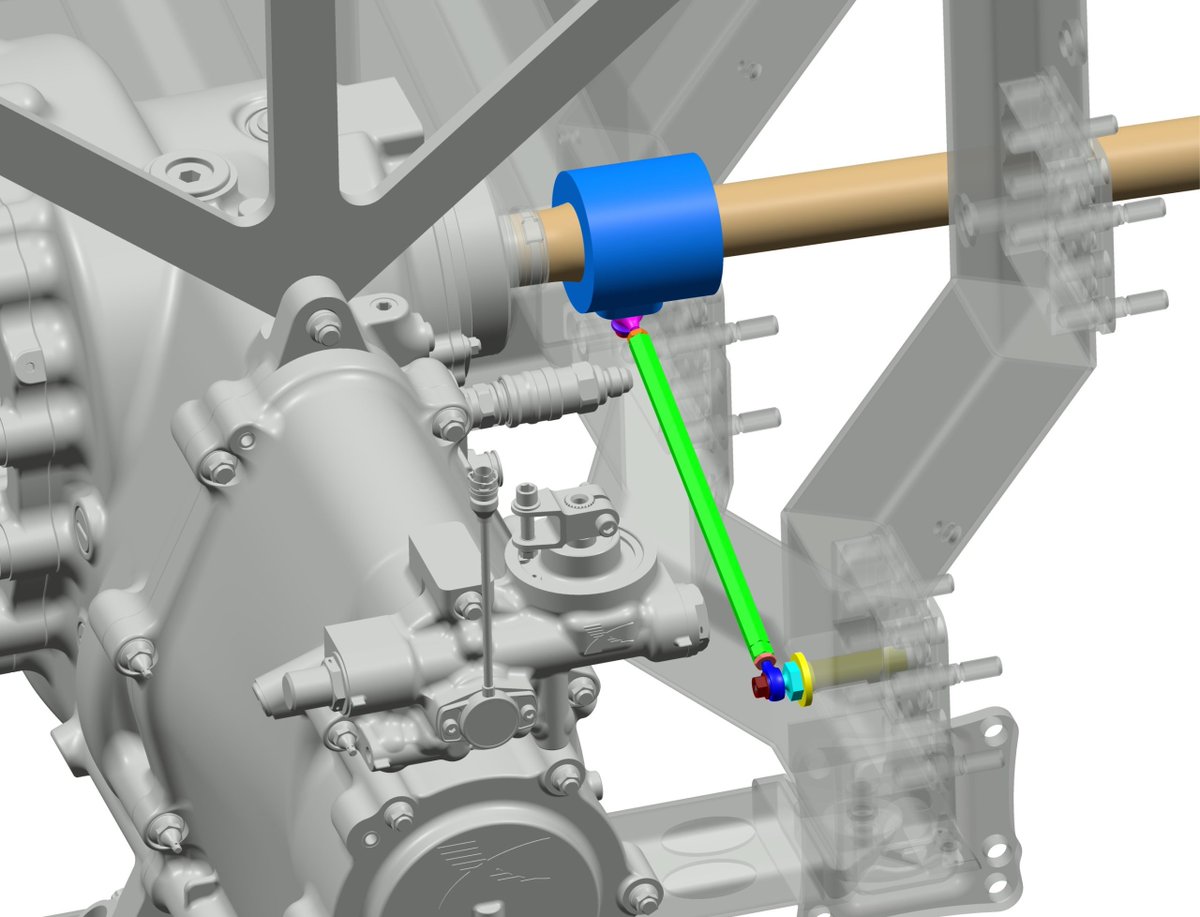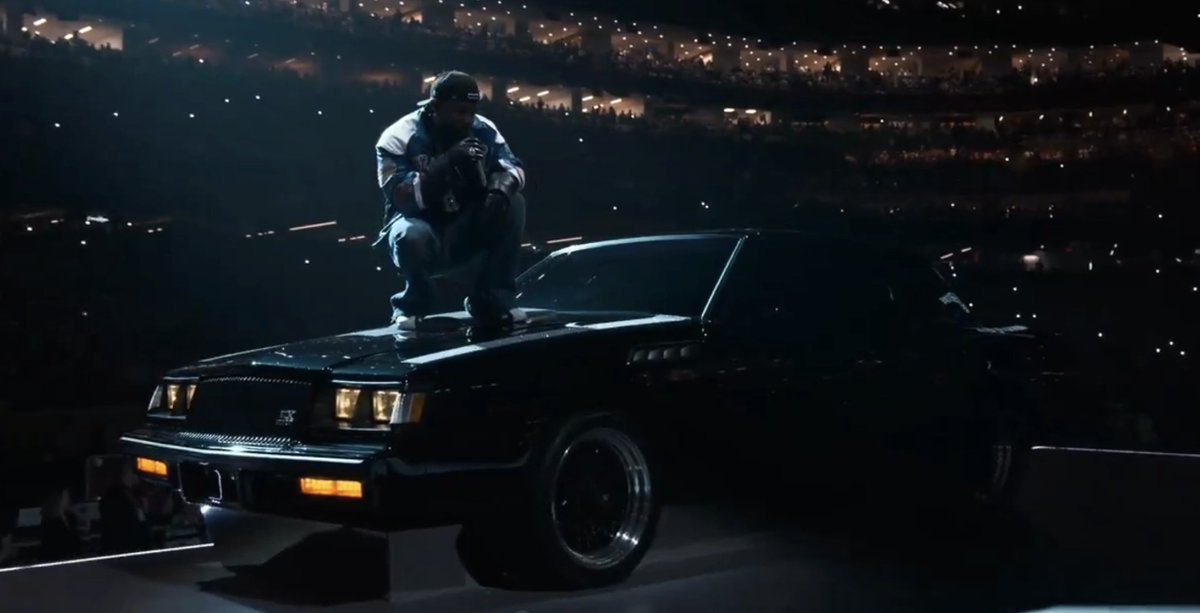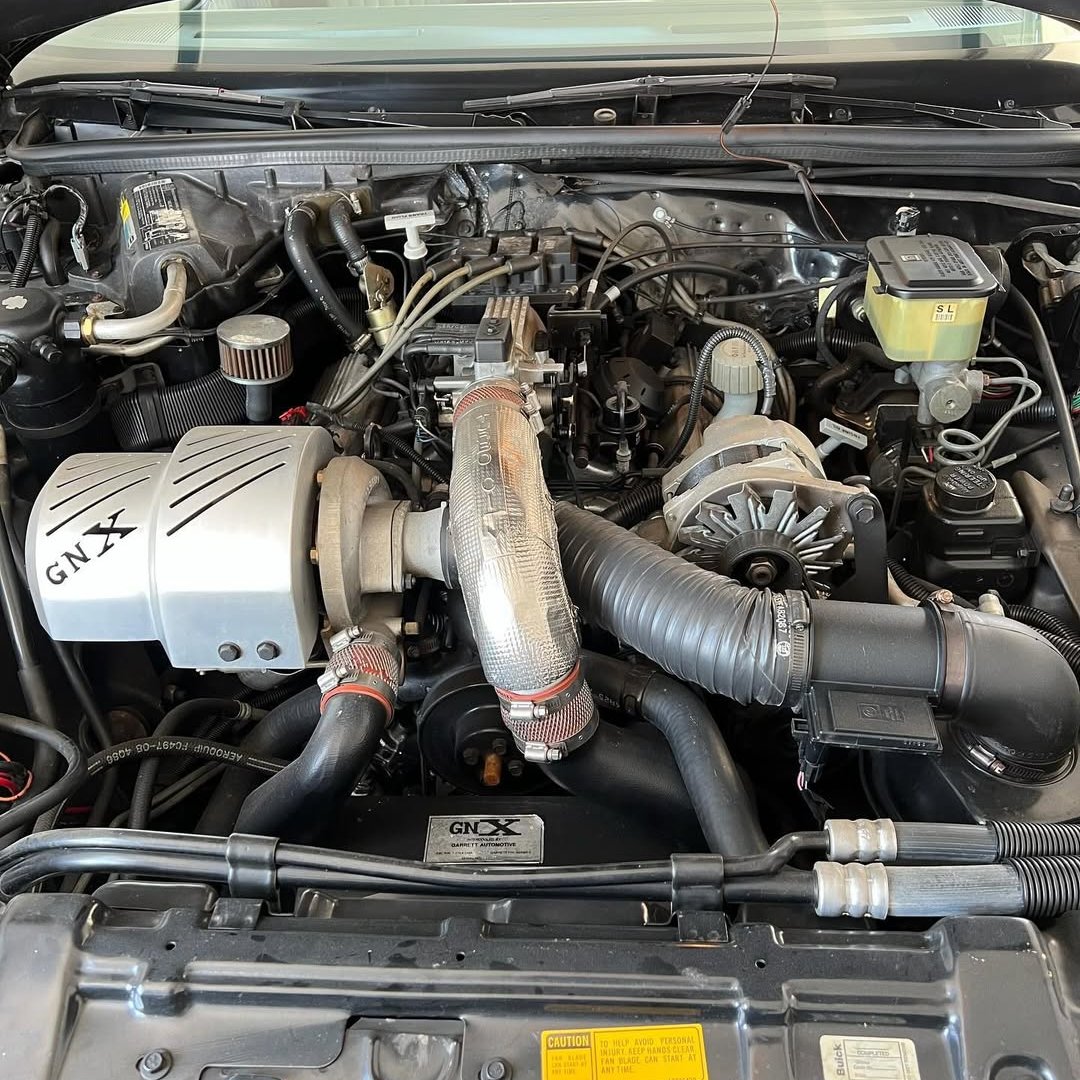The battery issues in the No. 2 and the No. 21 and the disqualification of the No. 43 at Martinsville are likely all related.
Let's talk about weight at Martinsville and what happened to those cars.
Let's talk about weight at Martinsville and what happened to those cars.

Let's start with the basics of what makes a car race well at Martinsville and discuss some concepts of the physics of a race car.
The first thing we need to consider is lateral stability which in its simplest explanation is a gauge of how well a car stays in a straight line.
The first thing we need to consider is lateral stability which in its simplest explanation is a gauge of how well a car stays in a straight line.
Having great lateral stability helps a driver have better control of a race car but the nature of an oval track means that there is centrifugal force once the car reaches a corner.
This force tries to push to car towards the outside of a turn.
This force tries to push to car towards the outside of a turn.
The level of centrifugal force felt by the driver is directly related to the location and height of the weight.
Center of gravity is a theoretical point where the sum of the weight is evenly balanced and the lower it is the better that a car will handle.
Center of gravity is a theoretical point where the sum of the weight is evenly balanced and the lower it is the better that a car will handle.

With that in mind, crew chiefs and engineers will try to do whatever they can to move weight away from tall places in the car and concentrate it towards the bottom and center of the car at a track like Martinsville in order to maximize handling for the driver.
One of the places where they can shift weight is the alternator since it sits at the front of the engine and installing a lighter alternator means that they can shift that weight to the ballast container at the center of the car and improve the handling. 

The likely case for the No. 2 and No. 21 is that they ran a modified alternator that was overworked due to how lightweight its components were and eventually just failed. In that scenario, the battery inside the car can no longer recharge and has to be replaced when low.
There are multiple factors at play specifically at Martinsville that work against a lighter duty alternator because of the additional electrical load from things like brake fans, radiator fans, and driver cool suit systems. All of these components running have an impact.
The batteries themselves are also often on the edge of their capabilities because teams will install the lightest versions they can in order to again maximize that weight so they only have so much capacity.
Martinsville batteries are maybe rated for 40-50Ah.
Martinsville batteries are maybe rated for 40-50Ah.
The best way that I can describe the battery situation is telling a runner before a marathon that they can have one granola bar in order to be light for the race and then trying to maintain for the whole race on that minimal amount of calories.
Teams typically pack 1 or 2 spare batteries per car as they don't expect to swap them often so the situation we saw at Martinsville resulted in the No. 2 running out of batteries because they used up the whole allotment for their organization.
All of those same handling and weight factors were likely in play for the No. 43 and trying to make it as light as possible but they just ran too close of the edge of that weight allowance and crossed the line by being too light at the end of the race.
Teams will often find ways to shift or remove some weight that might be in the car before a race which is how they can end up at a different weight post race in addition to things like damage that might result in parts being lost from the car.
NASCAR gives teams a margin for race damage but just like drivers often use up that 5mph margin for pit lane speed, crew chiefs and engineers will push their cars to the edge of the margin that NASCAR gives them for weight and occasionally will go over as we saw with the No. 43.
NASCAR also gives teams an opportunity to refill fluids to account for changes during the races and will usually allow them to roll a car across the scales multiple times just to be sure they got it right.
Unfortunately, the margins at Martinsville are incredibly tight and it is not surprising to see many teams be within a pound or two of the minimum in post-race so seeing someone get disqualified for missing weight was not a huge surprise.
If you really want to get into all the nerdy facts of setup for Martinsville, I recommend this story from @AedanMcHugh at the @the_autopian which explains the concepts in great detail: theautopian.com/how-teams-try-…

• • •
Missing some Tweet in this thread? You can try to
force a refresh





















